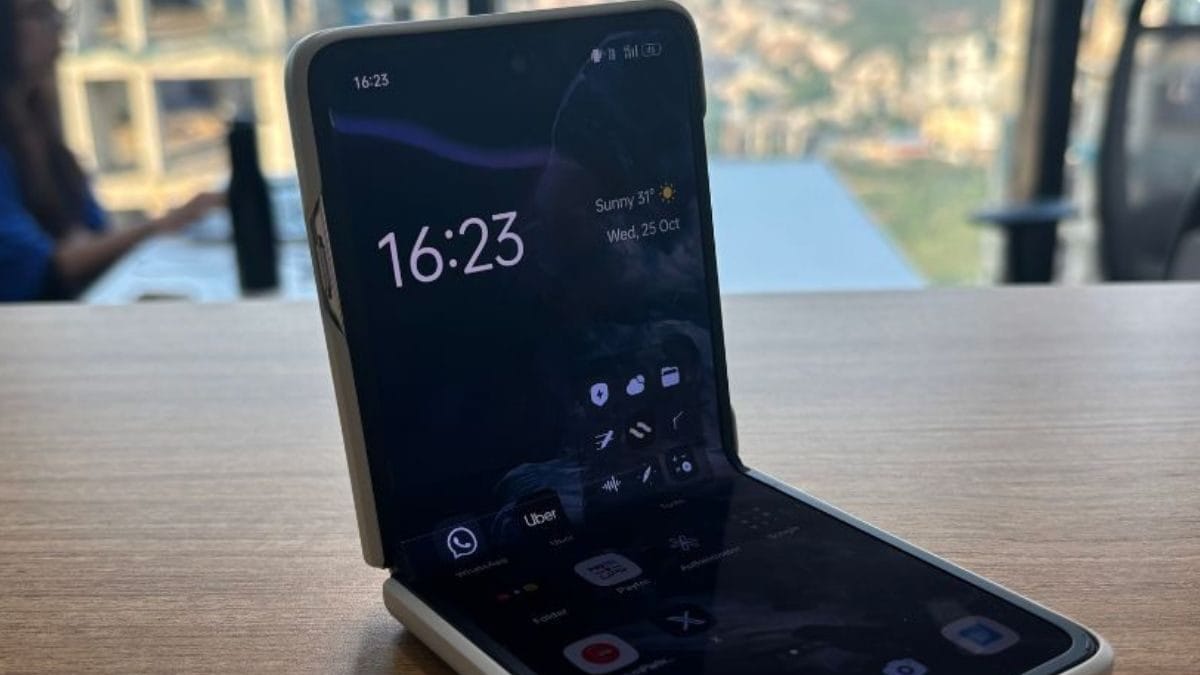High Density Interconnect
The answer to this question is not as simple as “yes” or “no.” The way a PCB designer places and routes traces can have a significant impact on the trace’s saturation current, resistance and capacitance. This makes it especially important to take a careful approach when using HDI PCB technology.
A high density interconnect is an advanced class of multi-layer PCB technologies engineered for higher component packaging miniaturization and enhanced electrical and reliability performance. The use of HDI components and circuit boards can also help reduce the overall size and cost of a product.
HDI PCBs are very thin and feature small traces and pads. This means that the smallest features can be placed closer together, which is important for lowering signal timing delay. This can help reduce noise and improve signal quality, which is important for applications that require very high speed communication.

How Thin Can a High Density Interconnect Be Made?
The technology behind high-density interconnect is a continual improvement as manufacturers push the limits on trace and gap dimensions, via diameters and layer count. This is driven by decreased silicon transistor rise-times, increased RF and microwave communication requirements and the need to add more leads in a smaller footprint. This is pushing conventional board constructions to their limits and requiring a rethinking of design strategies.
These smaller, faster circuit boards can be used for a variety of applications. For example, the heightened speed and reduced size of these boards make them ideal for electronic medical devices that need to be portable and lightweight yet highly functional. This includes equipment for monitoring, imaging, surgical procedures and laboratory analysis. It’s also becoming more common for industrial equipment to incorporate HDI technology, allowing for greater automation and data collection for efficiency in manufacturing, warehousing and other business operations.
Because of their compact designs, HDI PCBs can be fabricated with blind or buried vias, or both. This allows them to fit into tight spaces that might otherwise not have enough room for conventional PCBs. This makes them ideal for applications such as portable X-ray machines, wearable technology and smart home appliances. Additionally, HDI PCBs can withstand harsh environments such as aircraft and missile systems.
In addition to reducing size, weight and power consumption, high-density PCBs are more reliable than conventional circuit boards. This is particularly important for high-speed applications like data storage, where failure rates are higher due to the stress on the connections.
Whether it’s because of their small, compact size or their high-speed communication capability, HDI PCBs are becoming the standard for many modern applications. These PCBs can be found in everything from smartphones and tablets to automobiles and military equipment. The key is understanding the right technology for your application and working with a partner that can help you design a board that will meet all of your needs. Lastly, remember that it’s essential to review your final PCB design with an outside perspective before production starts. Having a fresh set of eyes on your project can help identify and fix small errors that could have a major impact.



